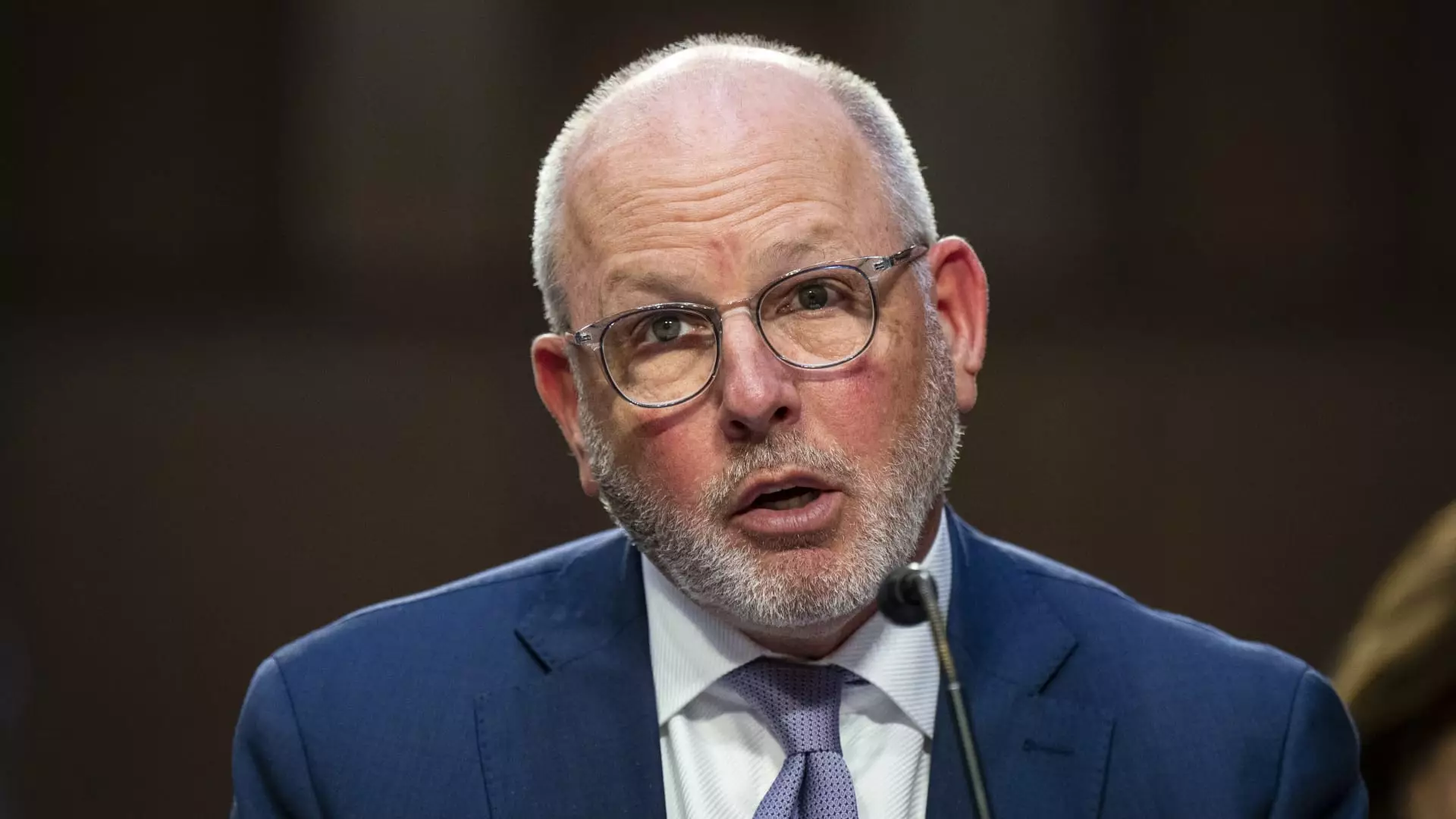The ongoing debate surrounding pharmacy benefit managers (PBMs) and their influence on prescription drug prices has reached a boiling point in American healthcare. In a recent earnings call, CVS Health CEO David Joyner took a strong stance in defense of his company’s PBM, Caremark, amidst rising scrutiny from lawmakers, healthcare advocates, and the pharmaceutical industry. This article examines Joyner’s claims about PBMs and the complexities of their role in the pharmaceutical landscape.
Understanding Pharmacy Benefit Managers
At the core of the discussion surrounding drug pricing is the role of PBMs, which serve as intermediaries between insurers, pharmacies, and drug manufacturers. Their responsibilities include negotiating rebates for medications and establishing formularies to determine which drugs are covered by insurance. Critics argue that these intermediaries create inefficiencies and inflate costs rather than reduce the burden on consumers.
During the company’s fourth-quarter earnings call, Joyner outlined the significant influence that Caremark holds over the prescription medication landscape, emphasizing that PBMs manage a staggering 80% of prescriptions in the U.S. While Joyner’s defense centers on the premise that PBMs play a crucial role in negotiating lower prices, this self-serving viewpoint overlooks the complexities of the healthcare ecosystem and the ongoing concerns voiced by lawmakers and stakeholders from various sectors.
Claims of Monopolistic Tendencies
A pivotal argument presented by Joyner is the notion that large pharmaceutical manufacturers maintain monopolistic practices that contribute to the high costs of medications. He attributed rampant price hikes and inflated healthcare spending to the manufacturers’ decisions, which he claimed added an astonishing $21 billion in drug spending within just a few weeks in January. By painting PBMs as a necessary counterbalance to this alleged monopolistic behavior, Joyner attempts to position Caremark as part of the solution rather than a contributor to the problem.
Critics, however, remain skeptical of this argument. Detractors continue to assert that PBMs often negotiate savings that fail to trickle down to consumers, as those rebates benefit insurers and the PBMs themselves instead of patients. This raises a fundamental ethical question: Are PBMs genuinely acting in the best interests of patients, or merely protecting their financial bottom line?
Joyner cited economists who estimate that PBMs create a net value surpassing $100 billion annually for the U.S. healthcare system. He argued that their capacity to mitigate costs is unmatched. Nonetheless, this assertion should be met with due diligence, as the validity of such figures often depends on the methodologies used to calculate savings and the assumptions made about drug pricing dynamics.
Additionally, the pharmaceutical industry, through organizations like PhRMA, has been vocal in its condemnation of PBMs, asserting that they are subject to “intense, well-deserved scrutiny.” They contend that the complexities of the drug pricing structure create an environment in which consumers are caught in a cycle of inflated costs, with PBMs failing to furnish genuine savings to patients. The call for transparency and reform suggests that the current PBM model may require reconsideration as lawmakers continue to investigate its impact.
Joyner’s defense of Caremark aligns with a broader industry pushback against proposed regulations targeting PBMs. With significant bipartisan concern over prescription drug pricing, many policymakers are scrutinizing the role of these intermediaries. The landscape appears poised for change, with the potential for new legislation aimed at establishing greater accountability among PBMs.
As the healthcare sector evolves, stakeholders across the board must engage in productive discourse surrounding the true efficacy of PBMs. The skepticism surrounding their value proposition necessitates an examination not only of their claimed successes but also of the tangible benefits received by consumers.
While CEO David Joyner advocates for the crucial role of PBMs in managing drug prices, the complexities and contradictions inherent in the system cannot be overlooked. The fate of these intermediaries hangs in the balance as scrutiny intensifies and the demand for accountability strengthens, promising to reshape the future of prescription drug pricing in the United States.


Leave a Reply